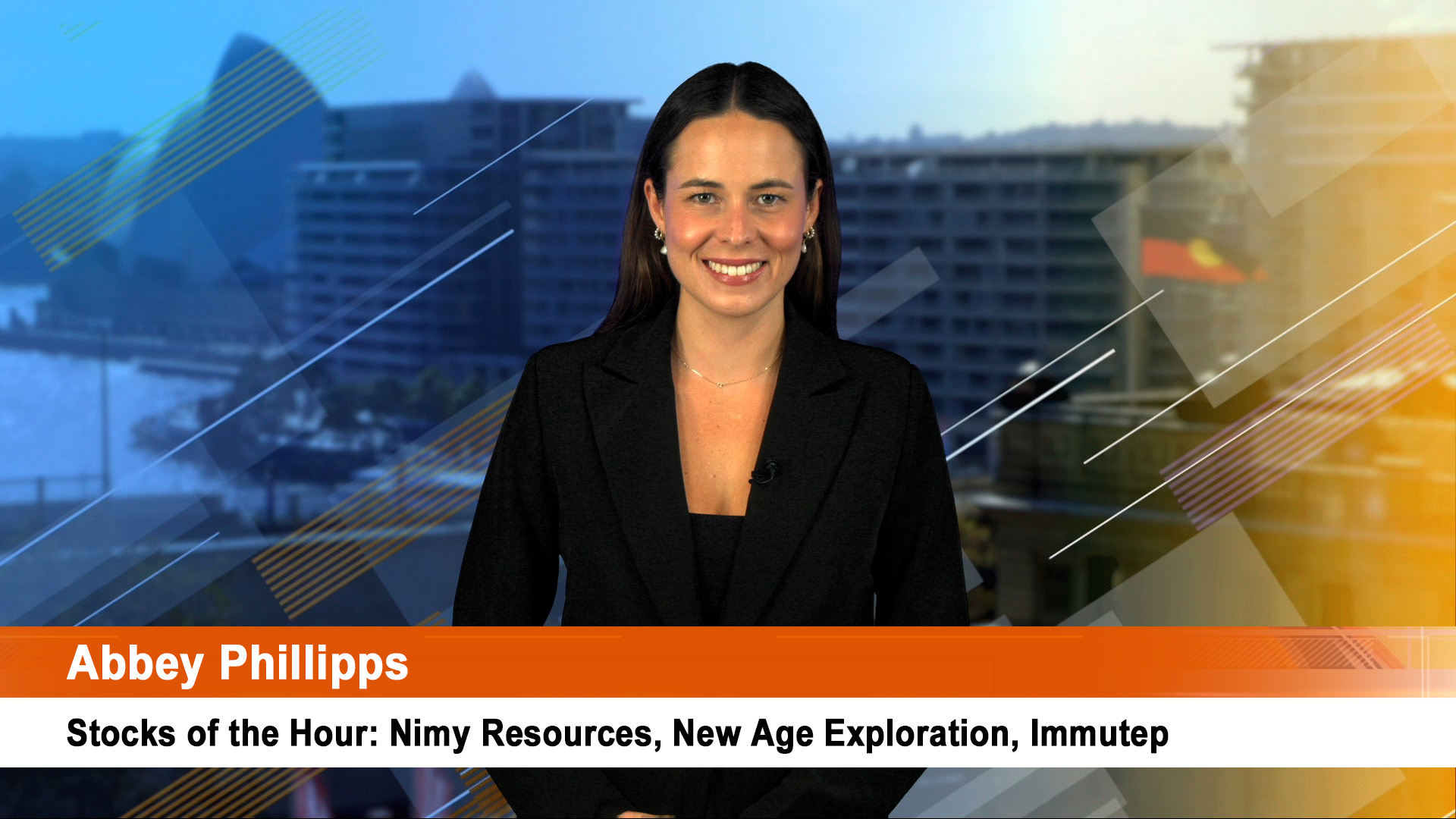a2 Milk Company share copped a hiding yesterday after the company provided what seemed to be a positive trading update for the nine months to the end of March.
The a2 Milk share price opened the day down 19% to $9.72 before rebounding a touch to $10.54 where they ended down 13.1%.
The problem was that the update wasn’t as positive as many analysts had forecast – so rather than admit they were too optimistic, the market concluded that a2 and other dairy companies were not doing as well as thought.
For example, Bellamy’s shares were sold off as well, sliding 9.9% to $17.31.
a2 reported that total revenue for the nine months to March 31 was NZ$660 million, up 70% on the prior corresponding period.
Management said this puts it on course to deliver total revenue of between NZ$900 million and NZ$920 million in 2017-18. That would be a rise of 63% from the $NZ549.5 million in 2017-18.
Investors spotted a slow down (70% growth in nine months to 63% for the full year)and went yuk and sold. But the company again explained the apparent slow down is due to when Chinese sales happen.
a2 says the sales figures reflects the impact of seasonal sales from China selling events which are weighted towards the first half of the financial year (ie. the six months to December).
And then they spotted another comment about higher expenditure in its US and China businesses. a2 Milk said it now expects to spend about $NZ82 million to $NZ87 million for the full year, given higher expenditure in the second half, primarily in its US and China businesses. The company made similar comments about higher spending a couple of months ago when the shares were also sold off in an odd reaction.
In February, a2 Milk reported record half-year profit on surging demand for its infant formula in China, as revenue from direct sales in China more than tripled.













